Honor Magic 6 Pro


The Honor Magic 6 Pro is the all-singing, all-dancing 2024 flagship that seems to offer the complete package, from a premium design to a lovely screen, impressive camera performance and all-day battery life – but software irks stop it from being the perfect Galaxy S24 Ultra alternative.
Pros
- Premium, eye-catching design
- Brightest display around at 5000nits
- Impressive camera performance from all lenses
- Snapdragon-powered performance
Cons
- MagicOS 8 is basically an iOS dupe
- MagicPortal is pretty barebones at the moment
- No charger in the box
Key Features
- Capable rear camera systemThe Magic 6 Pro’s rear camera setup is one of its strongest features, boasting a range of camera firsts in the mobile space that allow it to deliver impressive results from 0.6x all the way to 10x.
- All-day battery lifeThe large 5600mAh battery can deliver 6-7 hours of screen on time per charge, making this a two-day device for many.
- Gorgeous curved screenThe 6.8-inch curved AMOLED screen is packed with premum display tech that not only protects your eyes at night but delivers a top-notch viewing experience with one of the brightest screens around.
Introduction
The Honor Magic 6 Pro has the potential to shake up the status quo of the high-end smartphone market, bringing the fight to Samsung’s top-end Galaxy S24 Ultra.
That’s not just true in terms of hardware, with the Magic 6 Pro sporting not only more advanced screen tech but a camera setup with a range of firsts that could potentially steal the Samsung flagship’s zoom crown.
There’s also a premium design, all-day battery life and solid top-end performance on offer, ticking plenty of boxes for what a flagship smartphone in 2024 could offer.
Honor’s big weakness continues to be MagicOS however; there’s nothing intrinsically wrong with it, but the iOS inspiration is more obvious now than ever, and its GenAI features aren’t quite as advanced as first hoped either.
It’s also more expensive than the £949 Honor Magic Pro at £1,099, but while nobody appreciates a price hike, I kind of get it. The Magic 6 Pro is wholly more capable than its predecessor, especially in the camera department, and that price still comes in at £150 less than the 256GB Galaxy S24 Ultra.
The question is, is the hardware good enough to put up with Honor’s heavily stylised approach to Android? You might be surprised by the answer.
Design
- Unique textured rear
- Curved 6.8-inch display
- IP68 and Honor-designed glass protection
The Honor Magic 6 Pro isn’t a complete reinvention of last year’s Magic 5 Pro, but there’s certainly an evolution to the design with this year’s flagship. That’s most obvious when looking at the rear of the phone, sporting either a glass or vegan leather rear depending on the finish you opt for.
The green variant I was sent for review comes with a textured finish that’s not only grippy but good-looking, with an equivalent effect present within the centrally placed ‘Star Wheel’ camera island that helps tie the two together. The slight gold tinge on the aluminium frame and elements of the camera bump pair well with the light green finish while also looking very premium.
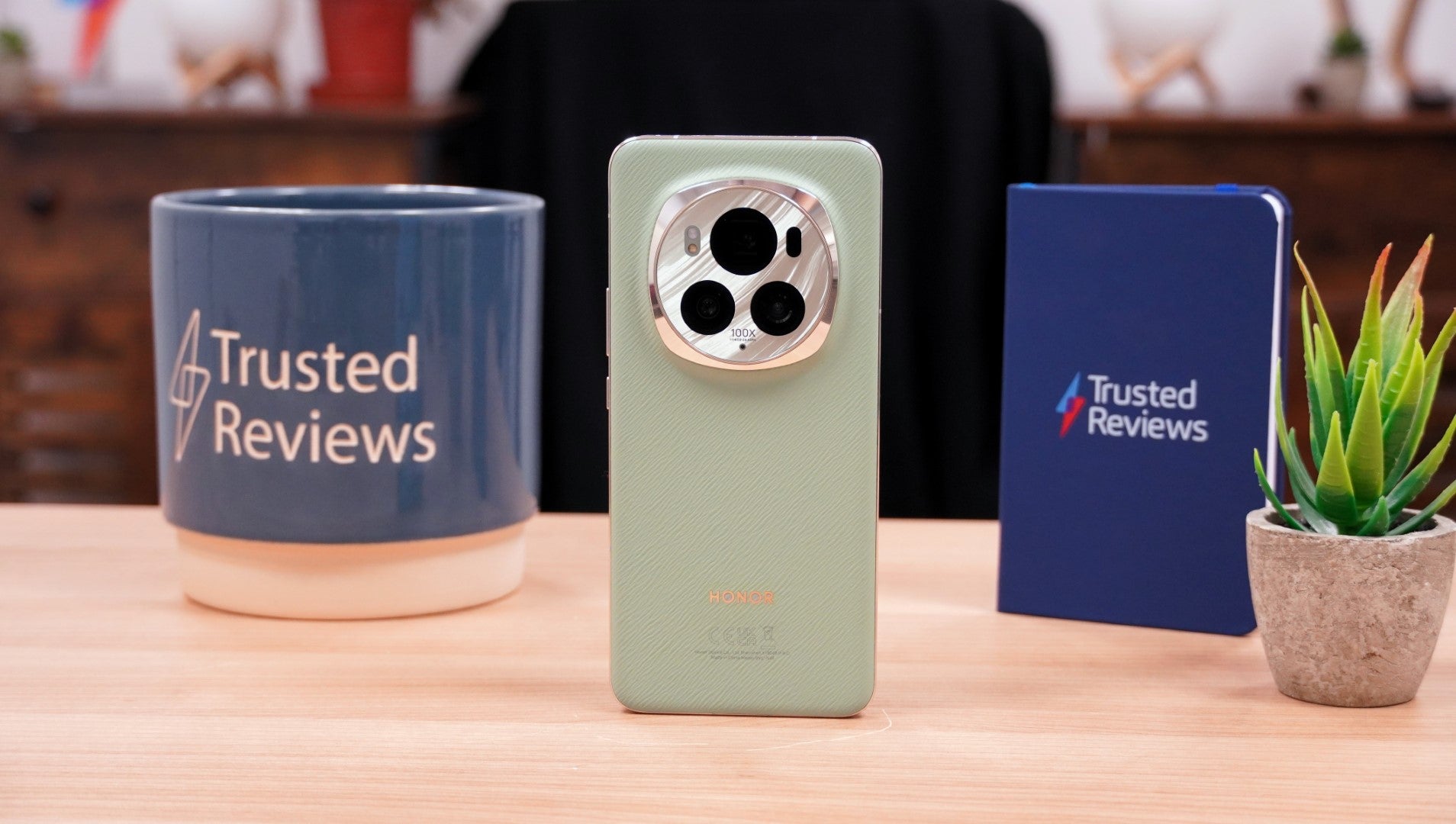
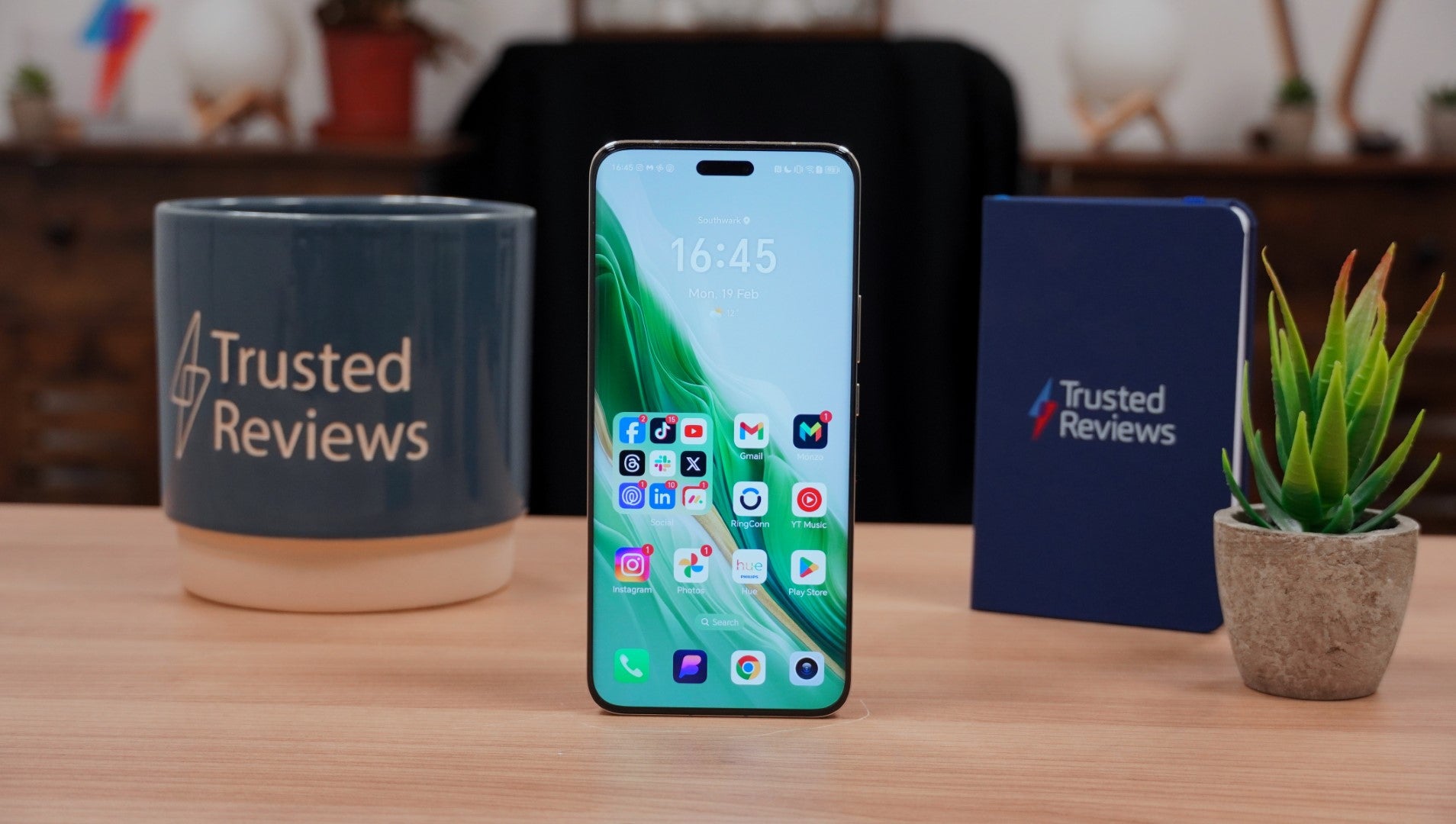
If that’s not your cup of tea, it’s also available in black with a more traditional glass finish.
Flip the phone over, however, and you’ll be greeted with a familiar combination of a curved all-screen design, complete with Honor’s signature dual camera cutout on the screen. It’s not just big for the sake of being big either, featuring a true alternative to Face ID that, like Apple’s option, works even in complete darkness.
Generally speaking, I do prefer a flat screen, but there’s no denying that the curved nature of the Magic 6 Pro’s 6.8-inch screen means it’s much easier to wield than the comparatively boxy 6.8-inch Samsung Galaxy S24 Ultra. That’s not to say it’s particularly light or thin, measuring in at 225g and 8.9mm respectively, but that heft does at least make the phone feel robust in the hand.
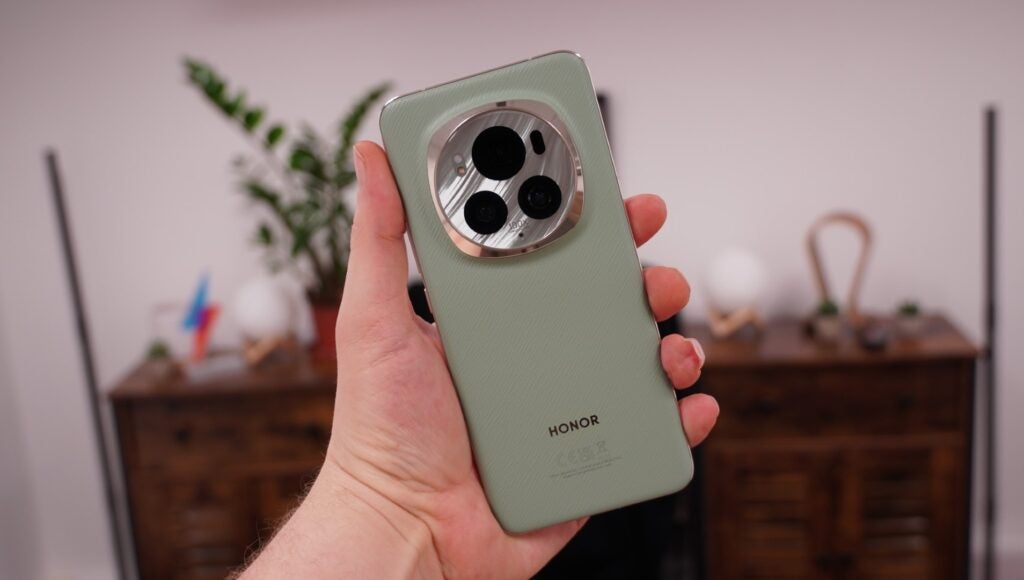
It’ll likely still be a two-handed device for some, but it does at least sit nice and snug in the palm of my hand, and the rear camera bump doubles up as a handy support area for my finger to rest on. I’m not sure that was an intended feature, but it works nonetheless.
Honor has also upped the durability of this year’s flagship, not only in the form of the returning IP68 dust and water resistance but new screen protection tech. It’s not the Corning Gorilla Armor of the S24 Ultra, instead sporting Honor’s in-house-developed NanoCrystal Shield that the company claims is 10x more drop-resistant than its predecessor.
Screen
- 6.8-inch curved AMOLED display
- Packed full of premium screen tech
- 5000nits maximum brightness
Honor’s screen tech is often some of the best around, and that’s just as true with the new Magic 6 Pro and its stunning curved 6.8-inch AMOLED display. It’s not only big and high-resolution at 1280 x 2800, but it sports a plethora of premium screen tech like a 120Hz refresh rate with LTPO 3.0 that lets the screen drop to 1Hz to save battery life alongside the likes of Dolby Vision support.
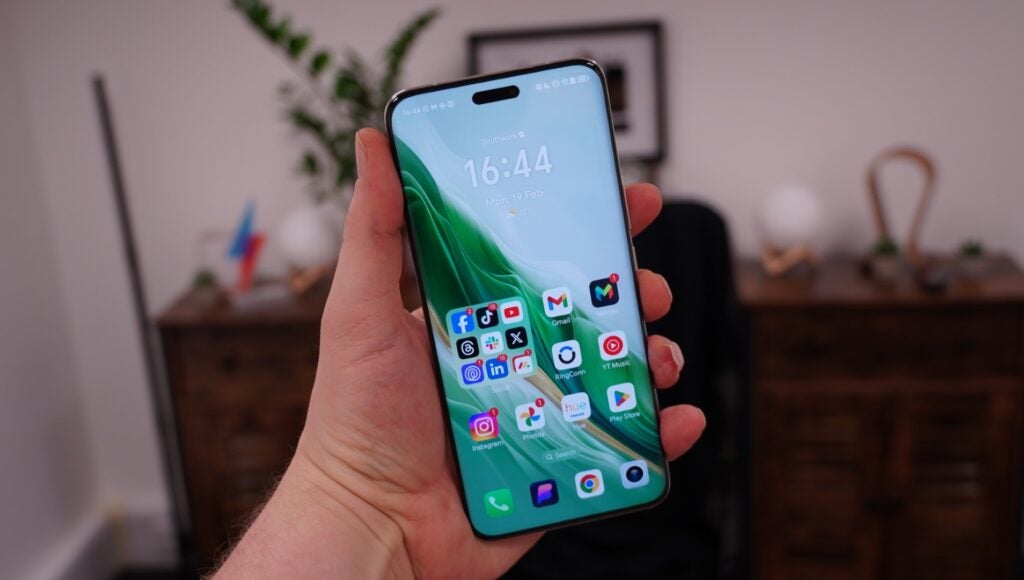
However, it goes even further than that. Alongside existing eyecare-focused features from Honor that we’ve seen from past smartphones, like Natural Tone Display, Dynamic Dimming and exceptionally fast 4320Hz PWM Dimming, the Magic 6 Pro sports the brightest screen on the market at an eye-watering 5000nits when watching HDR content.
Even without HDR content, the 1600nits peak brightness means that the screen is both easily legible in bright sunlight and capable of delivering an exceptional HDR experience.
It’s safe to say that Honor has thrown in the proverbial kitchen sink when it comes to screen smarts, with more tech than you’ll find on premium alternatives like the Samsung Galaxy S24 Ultra, and it’s highly customisable too.
That all translates to a screen that’s an absolute delight to the eyes, and one that’s great not only for scrolling through Instagram and TikTok but binging series’ on Netflix and Disney+, with the vibrant colours of the AMOLED panel lending themselves particularly well to documentaries like David Attenborough’s Life in Colour.
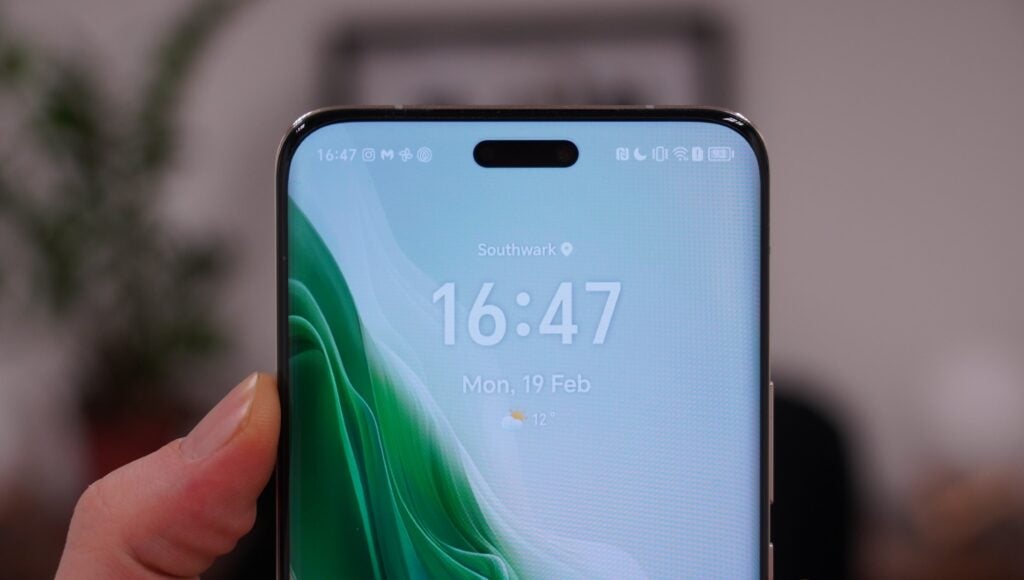
That’s paired with stereo speakers that sit atop and below the screen in its regular portrait orientation. The pair helps deliver a more immersive stereo sound experience without the need to use headphones, and they’re pretty loud too, though the side-mounted nature does mean you might accidentally cover them up when gaming.
These, of course, won’t replace a pair of headphones, lacking the bass and clarity of a good pair of cans, but they’re more than serviceable for watching YouTube when cooking dinner.
Cameras
- Capable trio of rear cameras
- Number of camera tech firsts
- Exceptional zoom performance
If there’s an area where the Honor Magic 6 Pro truly stands out, it’s the camera department – and that’s saying something considering just how much tech is packed into this year’s flagship. Simply put, the Magic 6 Pro is gunning for the Samsung Galaxy S24 Ultra’s zoom crown with a particularly impressive trio of lenses.
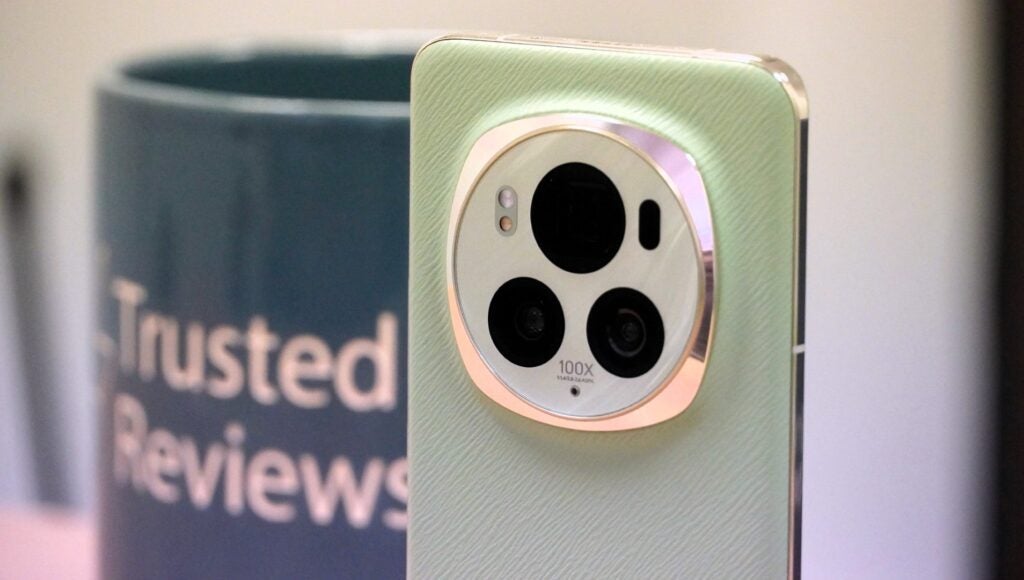
Let’s start with the main camera; at 50MP, it’d be easy to write off, but there’s much more to camera performance than megapixel count. To that end, the primary sensor not only boasts what Honor describes as an “industry-first customised HDR sensor with ultra-large dynamic range” that, when combined with a fairly large 1/1.3-inch sensor, can boost dynamic range by up to 800%.
That’s, of course, hard to quantify, but it’s easy to spot when taking photos of my German Shepherd, Luna. While her dark face looks almost silhouette-like in a lot of photos, the Magic 6 Pro had no issue picking out all the details I could see with the naked eye.
It’s also one of a growing number of lenses that offer variable aperture tech, allowing the sensor to switch between f/1.4 and f/2.0 depending on what’s being photographed. Close-up shots from the main lens have a real DSLR-like look to them, complete with a natural bokeh that looks way better than software-based alternatives. It also means that, with such a wider aperture, the main camera excels in low-light conditions.








That all said, images from the main sensor certainly don’t disappoint. They’re crisp, vibrant without being too artificial-looking and, unsurprisingly, handle bright spots and low spots exceedingly well with very little blown out or too dark to make out details.
For me, though, it’s the periscope lens that’s the most interesting – and, simply put, Samsung should be more than a little concerned.
The 180MP 2.5x periscope lens is not only the most pixel-packed around, but it has a particularly wide f/2.6 aperture and the largest periscope sensor at 1/1.49 inches. It also allows Honor to take advantage of 16-in-1 pixel binning tech to further boost detail and light. That combination of tech essentially allows high-quality shots not only at 2.5x but also up to 10x and beyond, matching the 100x zoom of the S24 Ultra.











And, genuinely, I think I might prefer the results from the Magic 6 Pro – between the 2.5x and 10x mark anyway – as it not only matches the overall look of those from the S24 Ultra with comparable levels of detail, but it offers way more true-to-life colour tuning than Samsung’s flagship. The blues of the sky look the right shade, and though the greens of grass can still look a little bit too green, it doesn’t detract from the overall look.


It’s also much more performative in low-light conditions than most other periscope lenses I’ve used, though I’m only really talking about dim indoor conditions rather than complete darkness. It still can’t quite handle the latter, but that’s not really a surprise.
Rounding out the trio is a 50MP ultrawide with a 122-degree FOV and similarly high-end tech including a fairly large 1/2.88-inch sensor and f/2.0 aperture. As with the other lenses, the ultrawide delivers largely great performance in well-lit conditions and even holds its own in low-light conditions, making it a great choice for scenic vistas and those big group selfies.





Flip the phone over and you’ll find a 50MP selfie camera. Though it’s easy to forget about selfie cameras, autofocus tech and an f/2.0 aperture make this a particularly impressive option. It won’t replace the rear lenses, of course, but it’ll more than suffice for the occasional selfie and video calls alike.

Performance
- Snapdragon 8 Gen 3 power
- Generous 512GB of storage as standard
- Smooth everyday performance
Honor has gone all-out with performance-related specs, sporting not only the Snapdragon 8 Gen 3, but a healthy 12GB of RAM and 512GB of UFS 4.0 storage as standard. That’s a big improvement compared to the likes of the Samsung Galaxy S24 Plus which comes with 128GB of storage at the entry level.
It’s probably a good thing though, considering there’s no microSD card slot to further expand storage capacity at a later date.
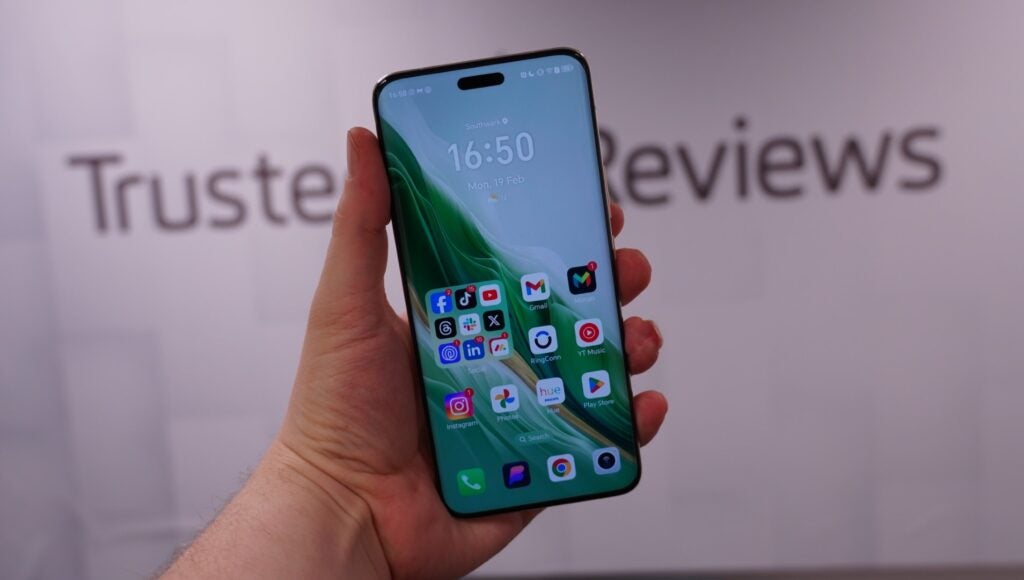
As you’re probably expecting given it’s a trend among Snapdragon 8 Gen 3 devices like the Galaxy S24 Ultra and OnePlus 12, the Magic 6 Pro is an absolute performance beast that’s capable of handling just about anything I could throw at it.
That’s not only the case in general use, with buttery-smooth scrolling, near-instant app load times and lightning-fast response times, but when gaming too, and that’s largely backed up by benchmark tests.
The phone could handle the likes of Call of Duty Mobile and Genshin Impact with high-level graphics enabled, and with the excess of power from the chipset, that’ll likely remain the case for some time. It won’t sustain gameplay for quite as long as a dedicated gaming phone like the ROG Phone 8 Pro Edition, but it’ll suffice for casual gamers like me.
The Snapdragon 8 Gen 3 also allows for on-device GenAI capabilities – something that the Magic 6 Pro also takes advantage of – but more on that in a bit.
Software and AI
- MagicOS 8 based on Android 14
- Honor’s iOS inspiration is obvious
- OS-level GenAI features
It’s clear at this point that Honor has a firm grip on hardware, delivering a great combination of design, screen tech, capable cameras and powerful performance, but the same can’t quite be said for Honor’s MagicOS 8 that sits atop Android 14 on the Magic 6 Pro.
The updated MagicOS 8 is arguably the closest to iOS you’ll get on an Android right now. That’s apparent not only by the classic notification centre and quick settings split that has been a staple of MagicOS for some time, but new features too.
Those include a customisable lock screen with very similar fonts and layouts to that of iOS, a similar Standby Mode that appears when the phone’s on charge and horizontally placed, and it even utilises the dual notch to provide a Dynamic Island-esque experience with shortcuts to music controls, timers and more throughout the OS.
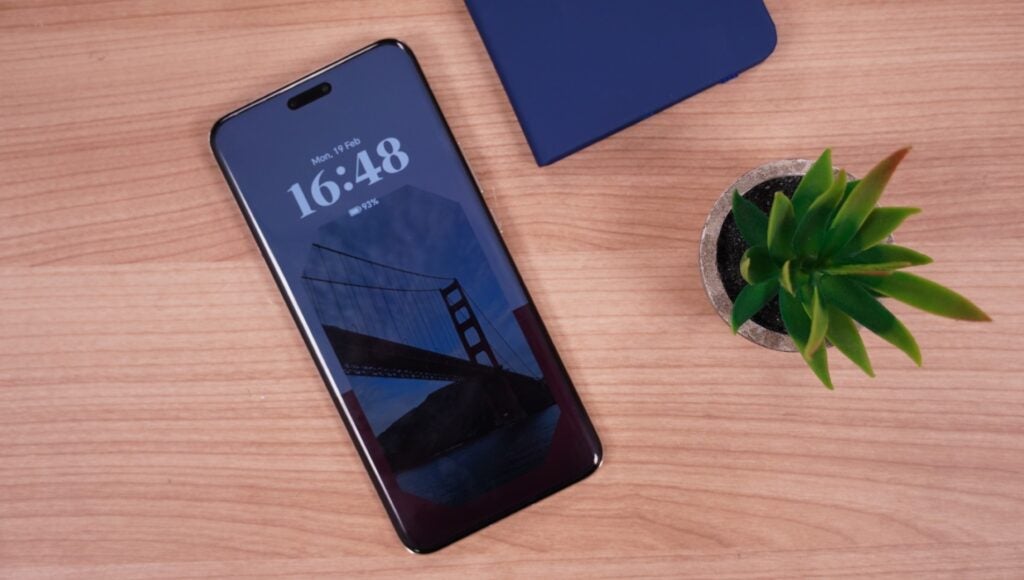
It’s not only totally different to the regular Android 14 skin but it’s still not quite up to the super-polished levels of iOS, sitting instead in an awkward middle ground. Personally, I feel like Android skins shouldn’t try and emulate iOS – if I wanted an iPhone, I’d buy an iPhone – but others may feel differently.
It’s also missing fairly basic features present on other Android skins, like the ability to see how much battery is remaining in a pair of connected Bluetooth headphones. You also have to unlock the phone and access the Home screen if you want to access the quick shortcuts, which kind of defeats the purpose of having them in the first place.
UI gripes aside, two of the biggest new features of MagicOS 8 are MagicPortal and MagicLM, features that look to offer a unique approach to GenAI. Rather than utilising features like Samsung’s Galaxy AI to transcribe calls, rewrite texts and the like, Honor’s approach is totally different.
According to Honor, MagicPortal can analyse messages, images and other content for intent and provide shortcuts to apps it thinks you might need, but I’ve found it to be much more limited in my pre-launch testing.
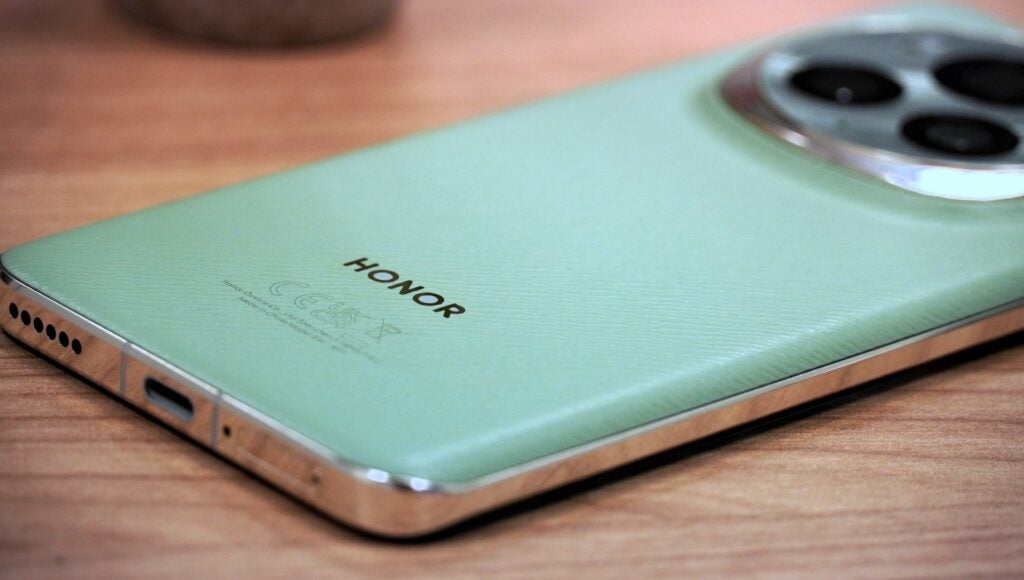
For one, the way you activate the assistant is rather convoluted and depends not only on what you’re dragging and dropping but the app in question. Most apps I used don’t offer the ability to simply drag and drop text or photos from one app to another, so the alternative is to either manually select the text in-app yourself and, if that’s not possible, share a screenshot.
The problem with the latter is that there doesn’t seem to be any analysis of said screenshot to work out what you want to do with it, instead sharing generic share actions for posting on Instagram, Facebook and the like.
The only real success of MagicPortal in my experience has been navigation; I selected an address and dragged it into the Google Maps app via MagicPortal, and it not only opened Google Maps for me but automatically selected the destination and started navigation.
Still, overall, I’d say that it’s a fairly limited use case of what GenAI can do, and I can only hope that it gets smarter over the coming months.
Honor MagicLM, on the other hand, is an on-device assistant that can not only handle general knowledge queries like ChatGPT or Google Gemini but also edit photos and videos from your gallery based on your description, help locate specific files on your device, arrange taxis, create fitness programs and more.
It’s not a feature available during the review period, but it’s something I’ll delve into once the update arrives on my sample. However, as it stands, I feel like Samsung’s Galaxy AI tools are way more helpful in day-to-day life than what the Magic 6 Pro offers.
Battery life
- 5600mAh silicon-carbon battery
- All-day battery life (and then some)
- Fast wired and wireless charging
When it comes to battery life, the Honor Magic 6 Pro not only excels but it does so in a rather unique way compared to most of the competition. It not only boasts one of the highest capacity cells around at 5,600mAh, but it’s made from silicon-carbon instead of the regular lithium-ion.
That’s not only much better for the planet as silicon is much more abundant and less harmful, but it allows the Magic 6 Pro to have a smaller, more dense battery that’ll continue to work in extremely cold environments. There’s also chip-level real-time voltage detection and power management that essentially optimises both the discharge and charge process to improve general longevity.
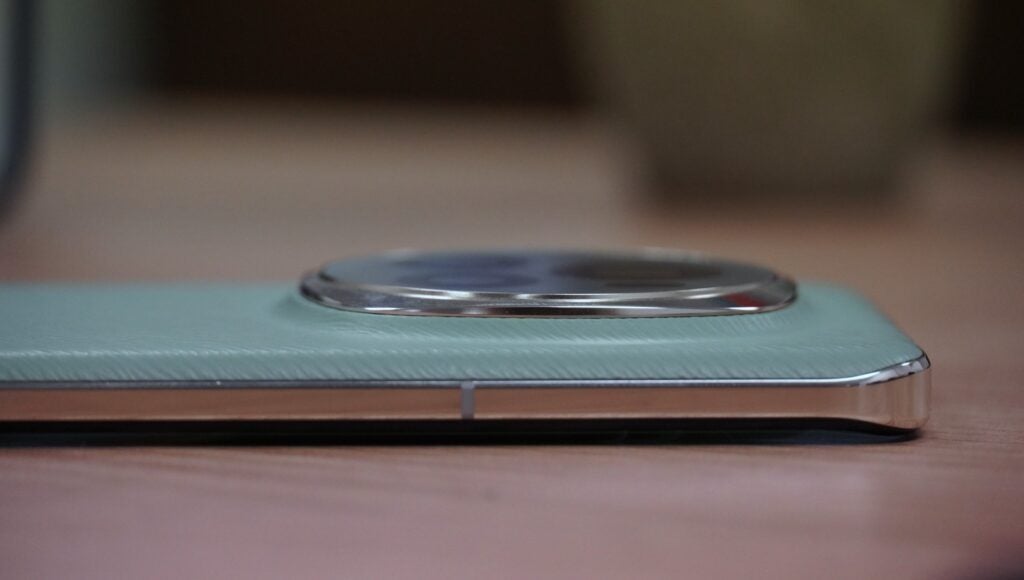
That’s all a roundabout way of saying that the Honor Magic 6 Pro has exceptional everyday battery life. The Magic 6 Pro would usually end a 16-hour day with around 45-50% left in the tank, and that’s with around 3.5 hours of screen-on time on average.
That’s with optional features like an always-on display and maximum resolution enabled, by the way. It’ll easily last most people well into a second day’s use, with around 6-7 hours of screen time overall, especially if you’re a little less gung-ho with your battery-draining features than I am.
That’s paired with both 80W Honor SuperCharge and 66W Wireless Supercharge, giving you a choice of wired or wireless fast charging tech. Crucially, they’ll replenish the battery’s charge pretty fast. The catch? Neither a charging brick nor a wireless charger comes in the box, so you’ll have to invest in those separately.
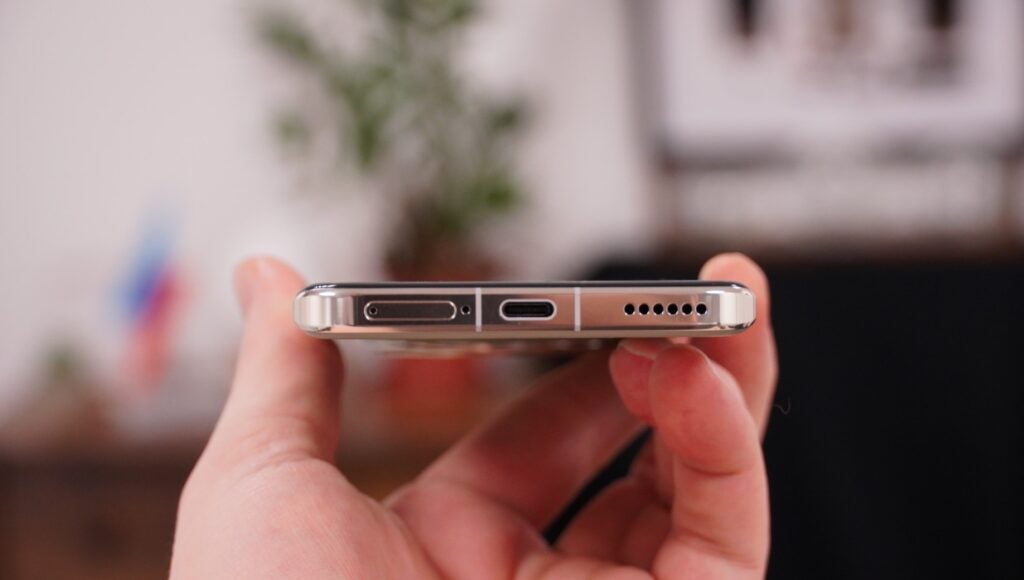
Using a third-party 100W USB-C charger I had handy, I found that the Honor Magic 6 Pro gained 50% charge in 18 minutes, with a full charge in just 45 minutes. That’s pretty rapid, even if it’s not up to the 26 minutes of the OnePlus 12. Besides, you might fare slightly better if you use the official Honor SuperCharger.
Latest deals
Should you buy it?
You want a great camera phone
The Honor Magic 6 Pro can compete with some of the best snappers around with a very capable trio of lenses on the rear.
You want a clean software experience
Honor’s MagicOS 8 is pretty far from the stock Android approach you’ll find from the Pixel 8 and Motorola Edge 40 Pro, and it can take a lot of getting used to.
Final Thoughts
The Honor Magic 6 Pro is a viable alternative to Samsung’s Galaxy S24 Ultra, offering comparable – if not better – camera performance than Samsung’s flagship, along with a gorgeous curved design, high-end screen tech with an industry-leading 5000nits peak brightness, excellent performance from the Snapdragon 8 Gen 3 chipset and all-day battery life – and all at a cheaper price point than Samsung’s top-end alternative.
It’s not perfect, especially in the software department where I feel that Honor’s MagicOS 8 could do with a few QOL tweaks and less of a focus on being an iOS dupe. It also lacks long-term support, offering 4 OS upgrades and five years of security patches, while the Pixel 8 and Galaxy S24 offer an extended seven years of updates, and its MagicPortal AI tech is a little lacklustre at launch.
However, I feel that the vast majority of users could learn to live with Honor’s software quirks when there’s such great hardware on offer.
How we test
We test every mobile phone we review thoroughly. We use industry-standard tests to compare features properly and we use the phone as our main device over the review period. We’ll always tell you what we find and we never, ever, accept money to review a product.
Find out more about how we test in our ethics policy.
Used as a main phone for over a week
Thorough camera testing in a variety of conditions
Tested and benchmarked using respected industry tests and real-world data
FAQs
Yes, you’ll get both speedy 80W wired and 60W wireless charging, but neither comes in the box.
It offers IP68 dust and water resistance as well as Honor’s own proprietary screen protection tech that should protect it from drops.
Trusted Reviews test data
Full specs
The post Honor Magic 6 Pro appeared first on Trusted Reviews.
Source Trusted Reviews ,Home Appliances Reviews

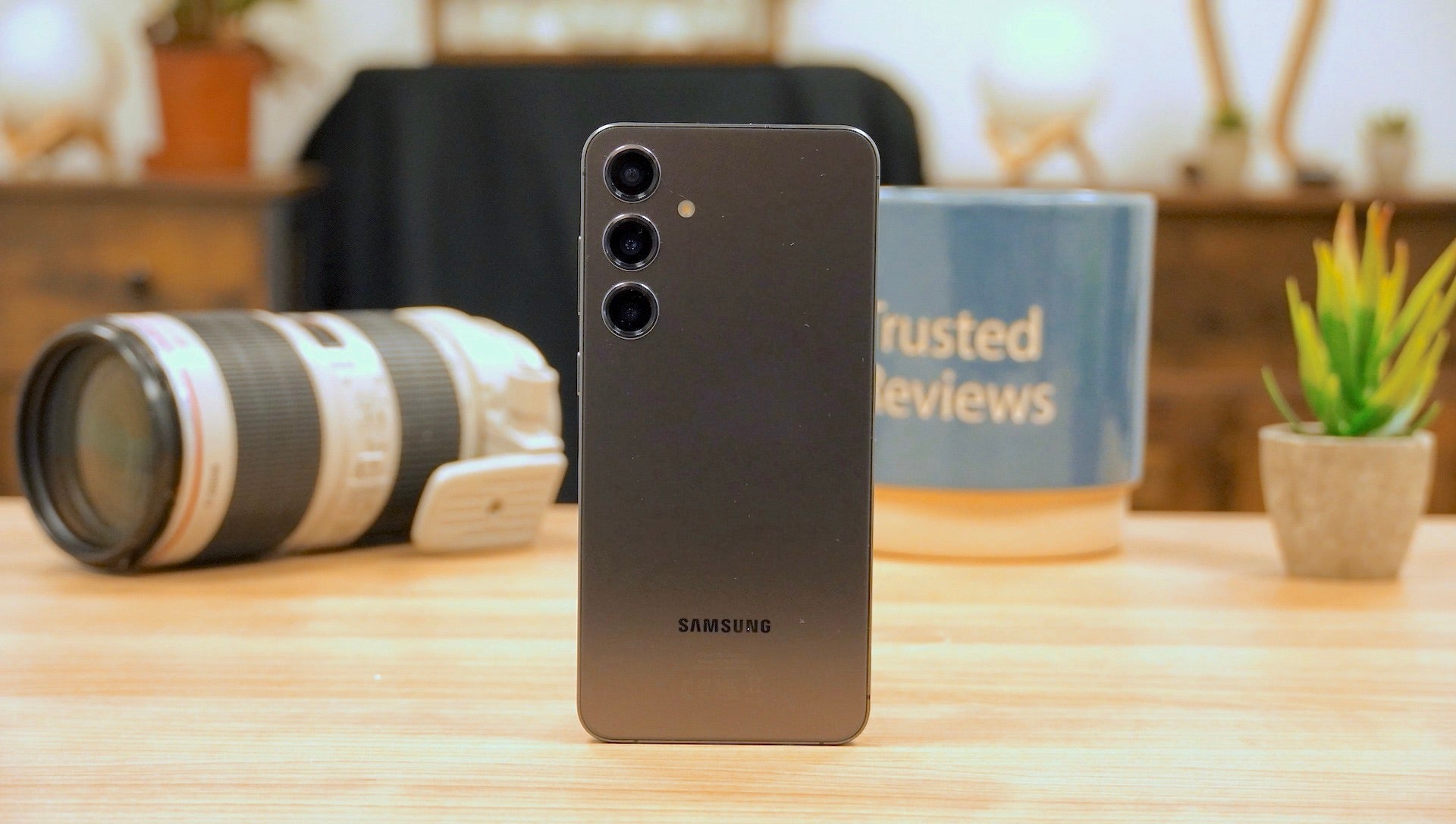


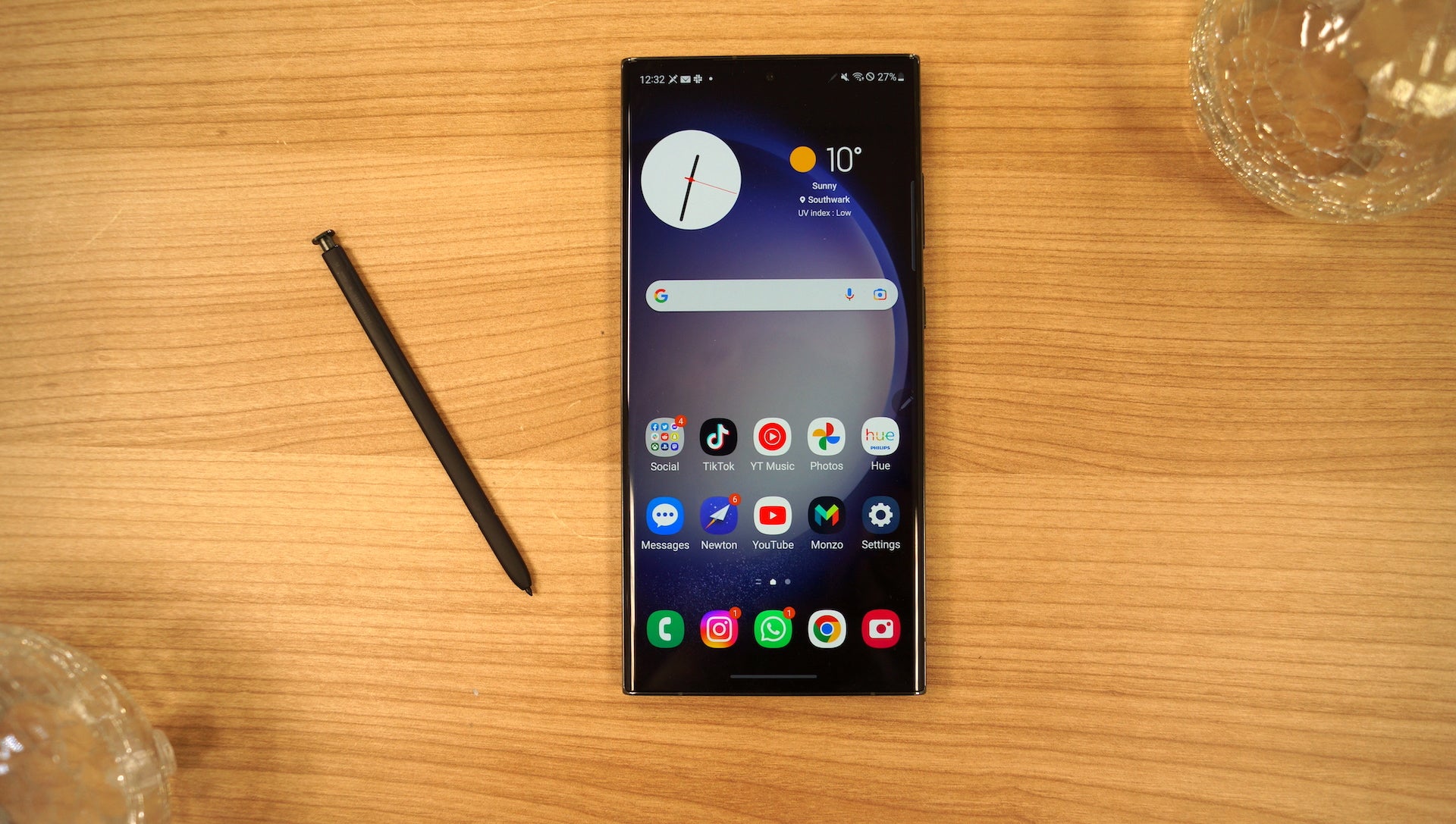


No comments